Transforming your living room into a place that balances style, comfort, and functionality require more than just picking attractive furniture or trendy décor.
The living room is often outed as the ‘heart of a home’ – a gathering spot for family, a hub for entertaining guests and multi-purpose zone for work and leisure. To create a space that feels both luxurious and practical, it’s important to follow a few mindful design rules. Below given are six key dos and don’ts of a living room design that can instantly elevate your interiors.
6 Living Room Design Dos and Don’ts to Elevate Your Space
1. Do Layer Your Lighting
Lighting sets the mood of your living room, and relying on a single source is often a common mistake.
- You can combine natural light with a mix of ambient, task, and accent lighting to bring depth and warmth into the space.
- Chandeliers, pendant lights, floor lamps, and wall sconces can work together to highlight focal points and create an inviting atmosphere.
- Don’t stick to overhead lighting alone. Harsh ceiling lights can make a room feel unwelcoming.
- Instead, use dimmers and multiple fixtures to create layers of light that adjust to different times of day and activities – white, yellow and blue types.
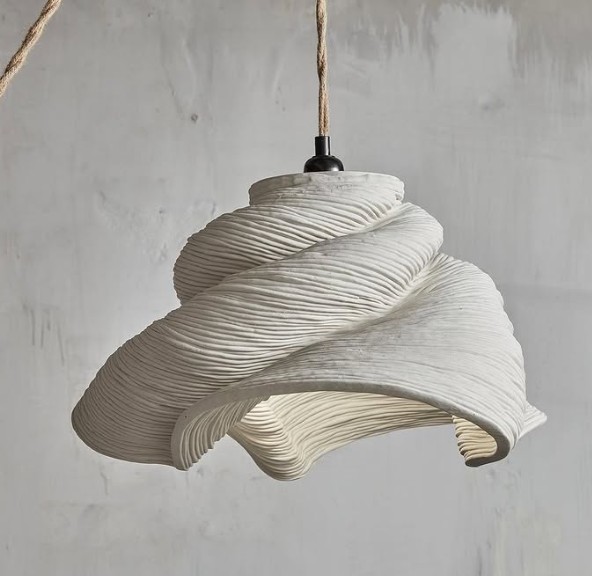
2. Do Arrange Furniture for Flow and Function
A well-designed living room encourages conversation, relaxation, and movement.
- Instead of placing all the seating in a single direction, you can create zones for different activities – a cozy corner for reading, an entertainment area facing the TV or a cluster with sofas and chairs.
- This not only adds variety but also keeps the room lively and interactive.
- Don’t overcrowd the room with oversized furniture.
- Large pieces can block pathways and make the room feel cramped.
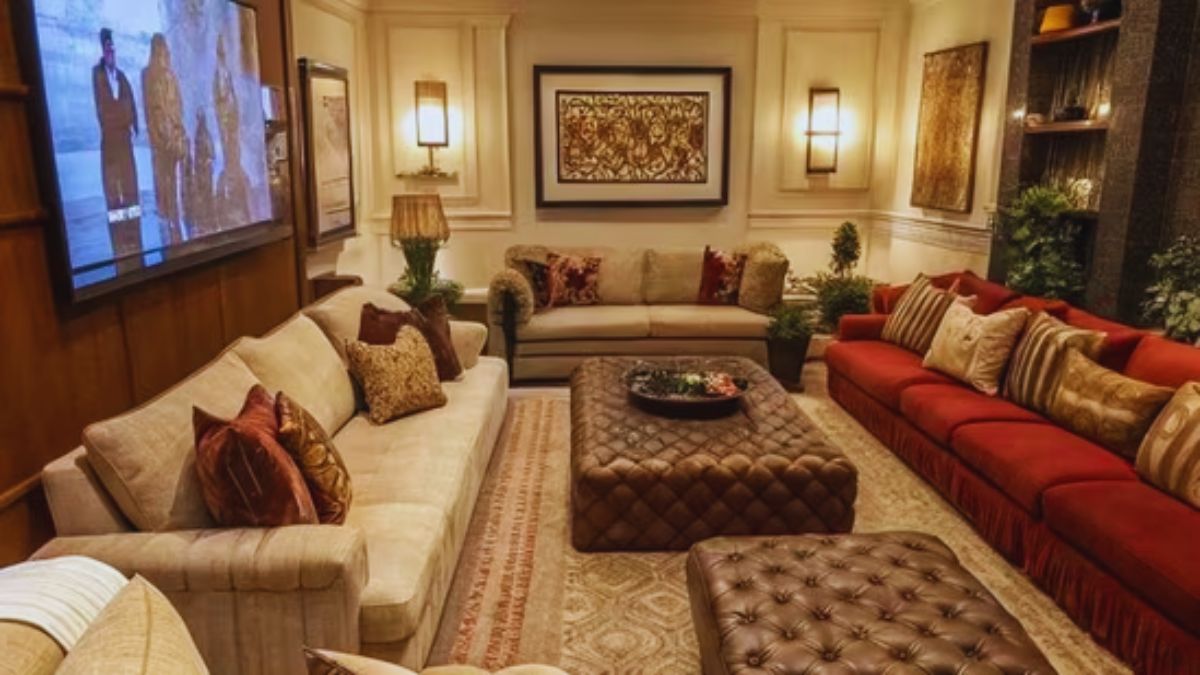
3. Do Play with Texture and Material
The secret to a visually appealing living room lies in balancing textures and finishes perfectly.
- Too much uniformity can feel dull, while an overload of contrasting elements can look overwhelming.
- Combine wood, glass, metal, marble as elements along with soft fabrics like velvet or linen to bring dimension and character.
- For example, one can pair a leather sofa with a wool rug or a wooden coffee table with metallic accents for a balanced look.
- Stick to a uniform palette of complementary textures to maintain sophistication and avoid mixing too many elements together.
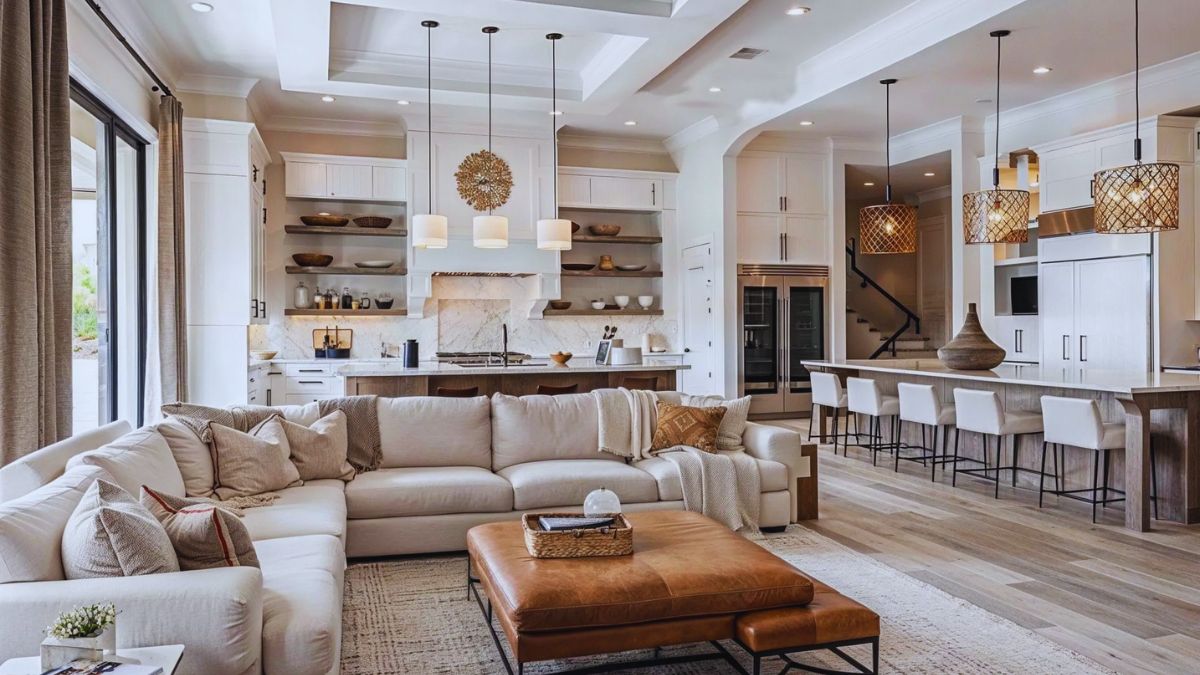
4. Do Choose Durable Yet Luxurious Materials
The living room is a high-traffic area, which means your design choices must withstand daily wear and tear.
- Opt for materials that are both elegant and resilient—such as engineered wood flooring, performance fabrics for sofas, or marble and quartz for accent tables.
- These not only elevate the visual appeal but also ensure long-lasting beauty.
- While delicate silk cushions or glass tables may look stylish, they are not always practical.
- Luxury doesn’t have to mean high-maintenance – choose finishes that balance style with everyday usability.
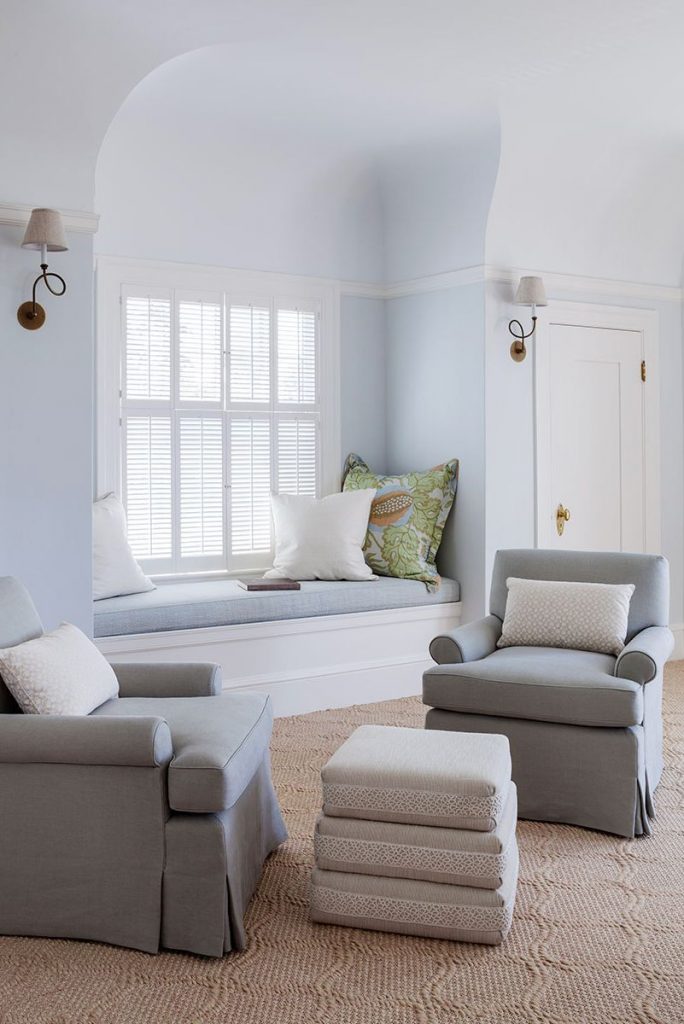
5. Do Design for Flexibility
The way we use our homes has changed dramatically over the years now.
- Post-pandemic living rooms often serve multiple roles – as WFH stations, lounge area, play zones, and social spaces.
- The interior designing by keeping flexibility in mind – through movable furniture, modular sofas, and multipurpose storage units help adapt to different needs.
- A living room that only works for one purpose is not viable. Convert into a multipurpose space – to add its functionality and value.

6. Do Maintain Visual Connectivity
Modern homeowners appreciate spaces that feel open and connected.
- Use layouts that create seamless visual links to dining areas, balconies, or landscaped views.
- Sliding glass doors, open shelving, and transparent partitions can help enhance the sense of flow and make the room feel larger.
- Don’t isolate your living room. Completely closed-off designs feel outdated and limit the inflow of natural light.
- Try to connect your living space with adjoining areas and the outdoors to create a breathable, airy atmosphere.
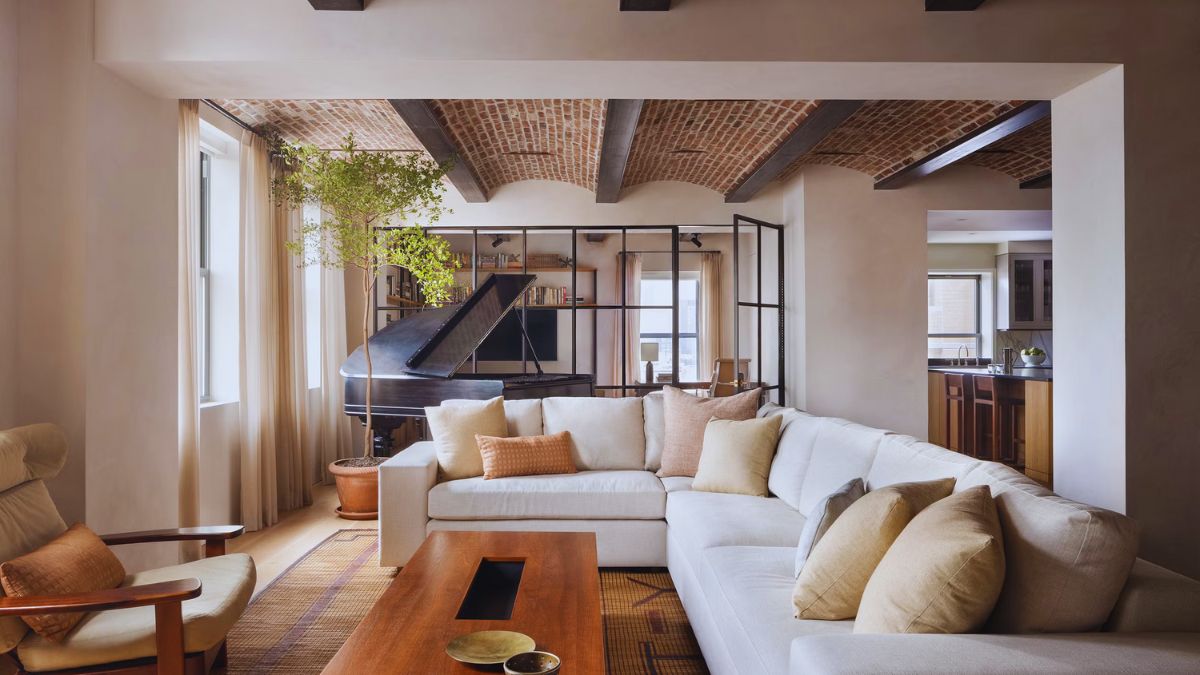
Designing a living room goes beyond aesthetics – it’s about creating a versatile space that adapts to your lifestyle while looking timelessly stylish. By layering your lighting, arranging furniture thoughtfully, balancing textures, and choosing durable yet elegant materials, you can achieve a perfect blend of comfort and sophistication.
Whether you’re planning a complete renovation or simply refreshing your interiors, following the above mentioned six living room dos and don’ts will help you build a space that’s functional, stylish, and future-ready.

